Description
Greek Fire was one of the most significant military inventions in history and its use saved
the Byzantine Empire for centuries from Arab attacks. The exact formula for this
flammable liquid remains a secret to this day. Purportedly invented in the 7th C by
Kallinikos of Heliopolis, a Jewish architect who fled Syria after an Arab attack on his home
city and later settled in Constantinople, he also invented the complex system which
propelled the liquid across long distances. It was first used at sea where it was particularly
effective against wooden ships, as it could not be put out by water. It was later delivered
via clay grenades, either by hand or by launching with a catapult. This example is a hollow
clay vessel with an ovoid-shaped body, domed top, and conical base; the body with a
simple incised decoration. Spout on the upper face to facilitate filling and the addition of a
wick. An area worn away on one side, not affecting the functionality or integrity. Weighs 1
pound; approximately 4″ long and 3″ in diameter. Included is a certificate of authenticity
from a London antique gallery.




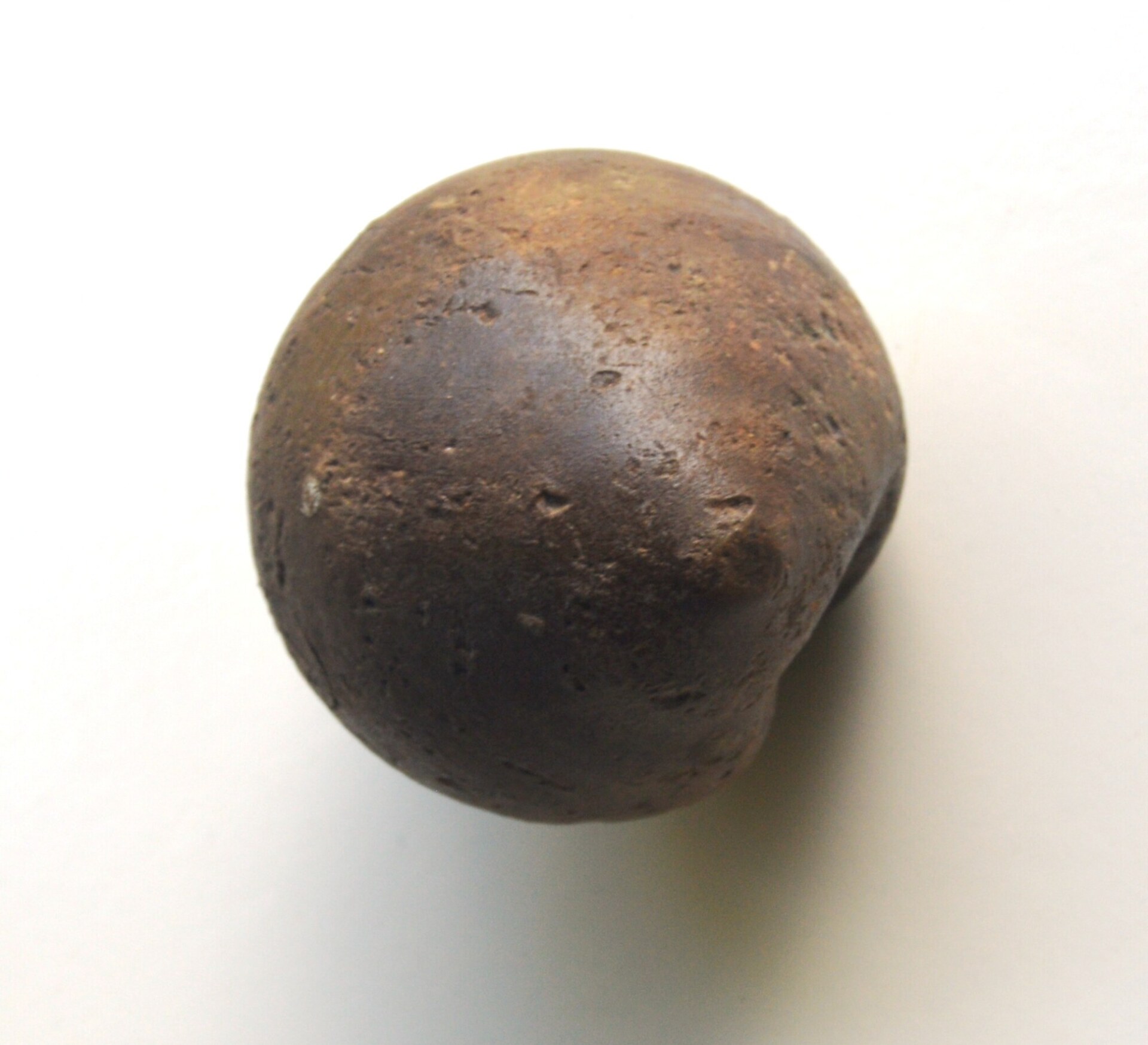

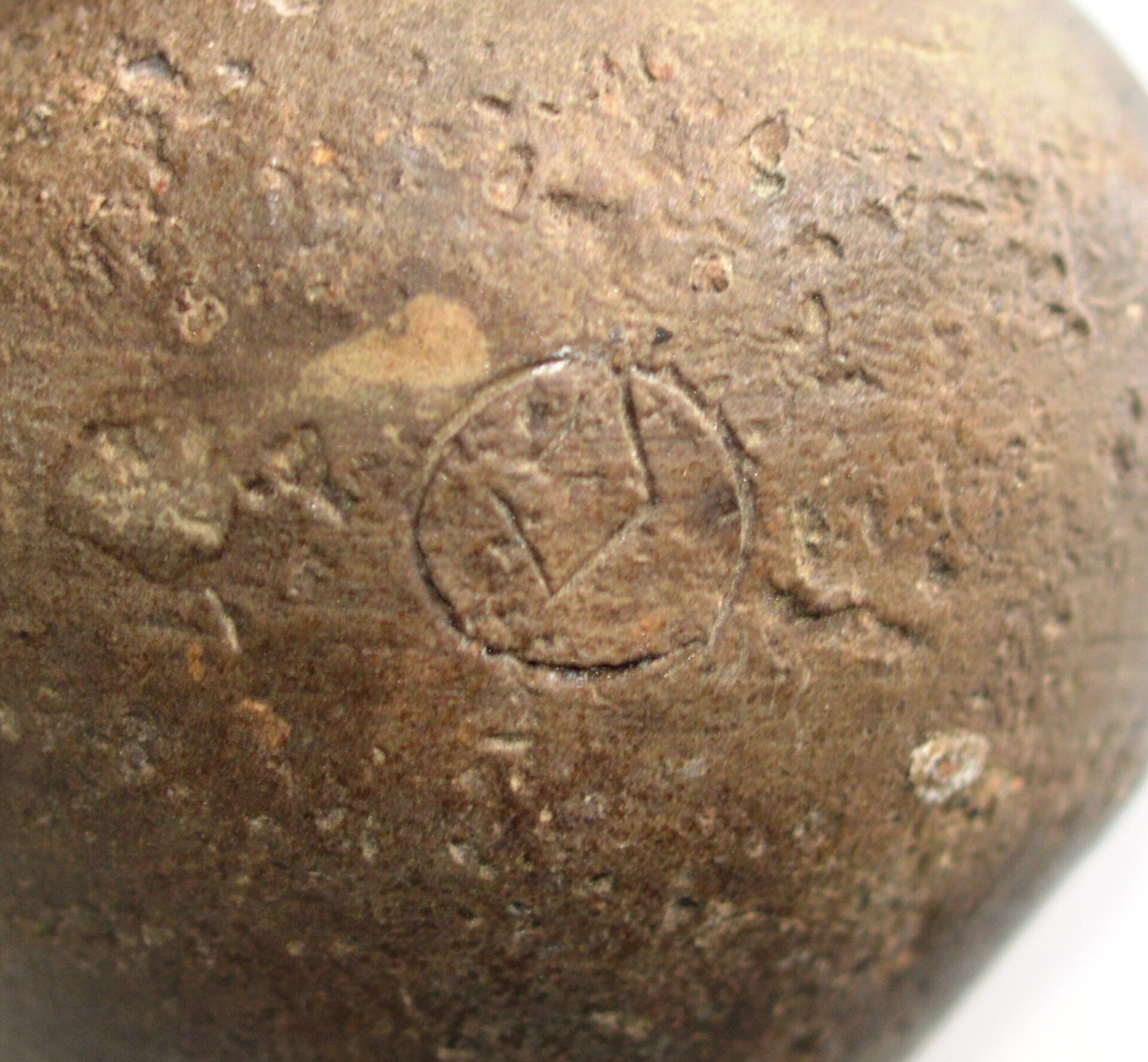
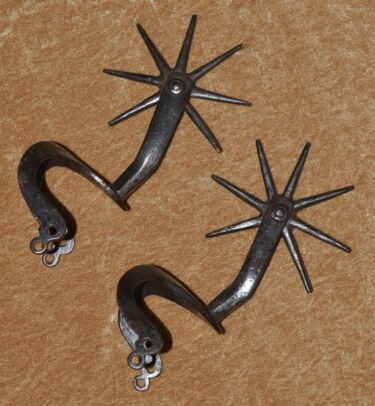 Rare Polish/Hungarian Hussar Spurs, 16th C
Rare Polish/Hungarian Hussar Spurs, 16th C 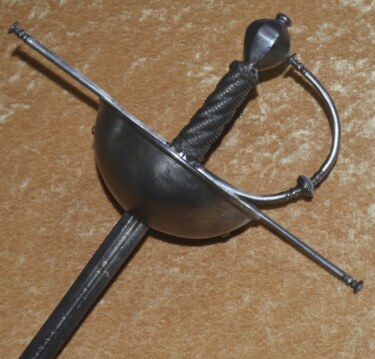 Spanish Cuphilt Rapier, Mid-17th C
Spanish Cuphilt Rapier, Mid-17th C 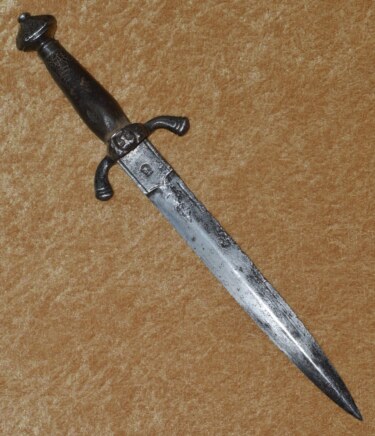 Left Hand Dagger, Late 16th C, Probably German
Left Hand Dagger, Late 16th C, Probably German 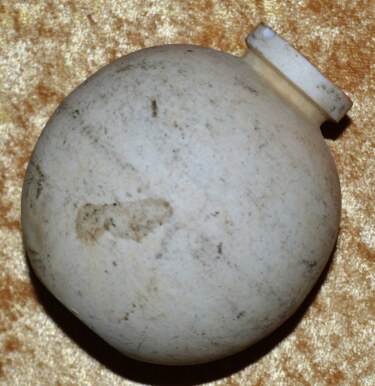 WWII Imperial Japanese Type 4 Ceramic Hand Grenade, Inert
WWII Imperial Japanese Type 4 Ceramic Hand Grenade, Inert 
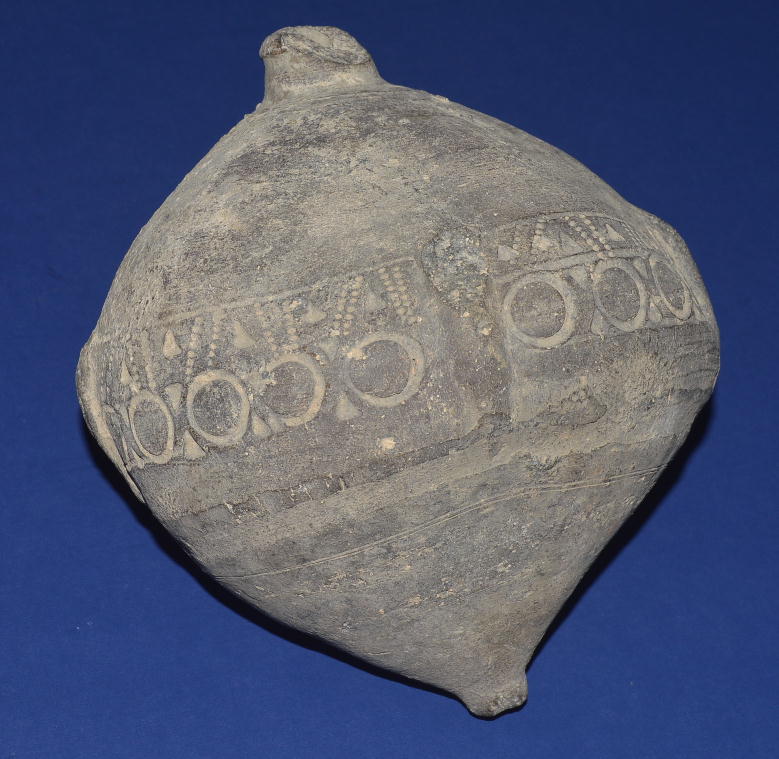
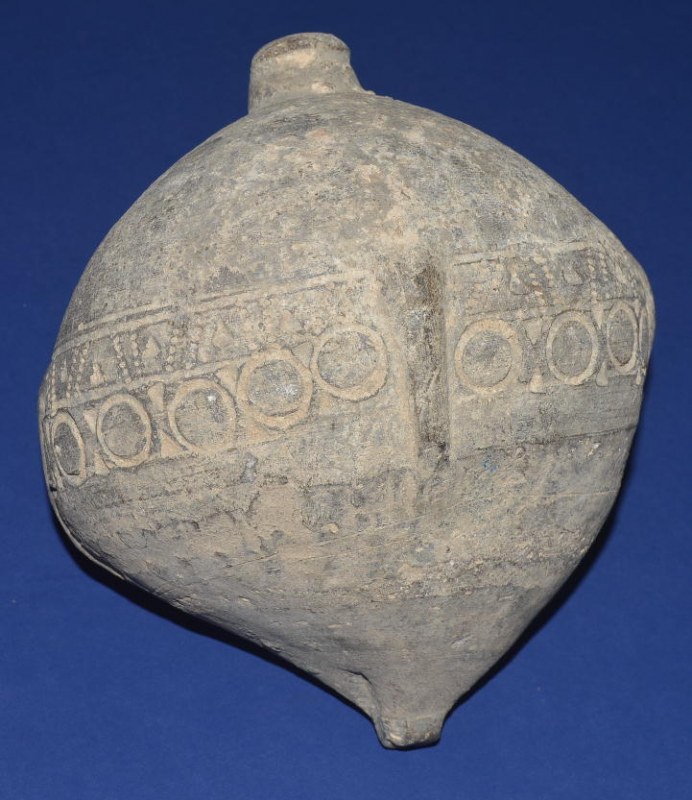
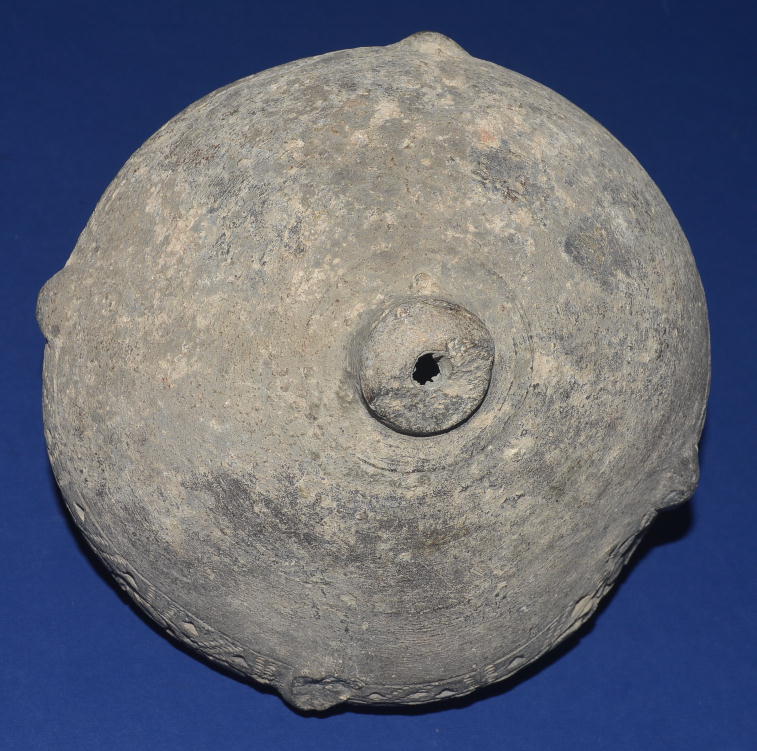


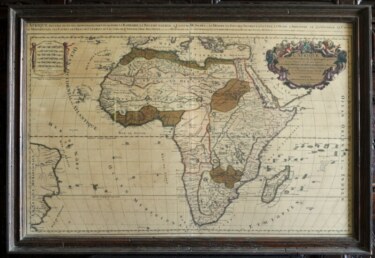 Large Map of Africa, “L’Afrique”, by Hubert Jaillot, Dated 1692
Large Map of Africa, “L’Afrique”, by Hubert Jaillot, Dated 1692  Africa Map by Mercator & Hondius, 1633
Africa Map by Mercator & Hondius, 1633  24th Michigan “Iron Brigade” Painted Snare Drum.
24th Michigan “Iron Brigade” Painted Snare Drum. 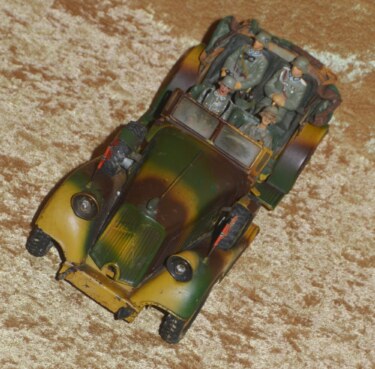 German Lineol Model Staff Car, ca. 1937
German Lineol Model Staff Car, ca. 1937